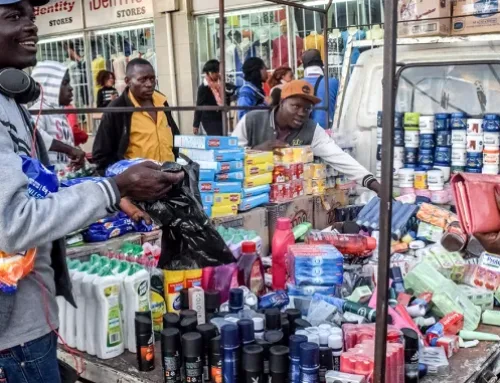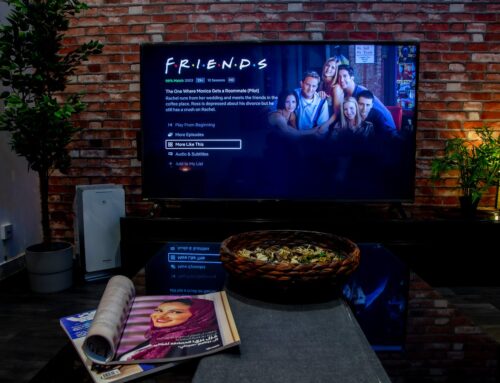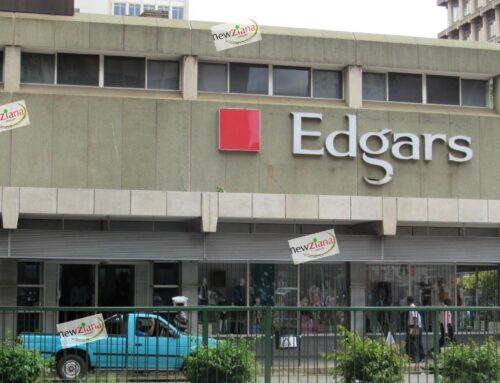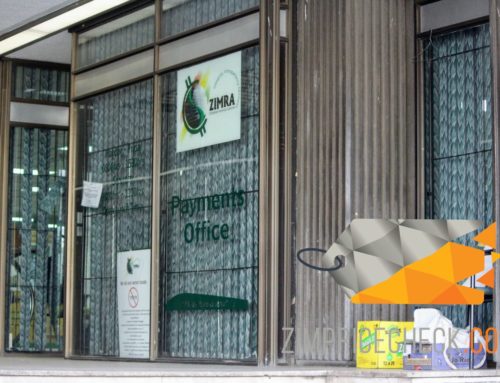Recently a school of thought and some officials at ZESA have been pushing for another tariff increase. They claim that the current average tariff of about US$0.10 that ZESA is charging is subeconomic because ZESA is paying more for electricity per unit when it imports into Zimbabwe. While I have passionately supported such lines of thought in the past this time I am putting my foot down. While the rationale being peddled by those who say the tariff is subeconomic looks sound on the surface further scrutiny exposes it as a fallacy. Even if the government of Zimbabwe was to allow ZESA to charge a tariff of U$1 per kWh it wouldn’t solve Zimbabwe’s power problem.
ZESA is just not producing enough power
The problem is that ZESA is now well known. The power utility is currently producing 500 MW of power against the demand of 2 200 MW. Most economists who have commented on the matter reckon the solution is easy. They pull out their demand and supply curves, roll up their sleeves, do some calculations and arrive at a rather predictable solution.: we need to increase the price. That is very classical economic thinking known as supply and demand. Products should be sold at the equilibrium price. Selling below this results in shortages like we have now and selling above simply results in a glut. That idea is also reinforced by the fact that ZESA has said they are paying around 14 cents per kWh in tariffs and have claimed that the cost of generating each unit of electricity is higher than US$0.10
Again a cursory analysis of the problem seems to suggest that the solution is simple. ZESA should just raise their tariff and charge as much as they want. Doing so would allow them to pay for the electricity they are importing as well as provide power to those who can pay for it. Those who cannot pay will be left to wallow in the dark and whatever they are doing couldn’t possibly be a priority. If what they were doing was important surely they would be able to afford power right?
The finance and accountant’s view
That is where you start to see the limits of using the ceteris paribus assumption. In Finance and Accounting, we make it a point to examine the cost-benefit analysis of each decision and when that is done we also consider qualitative data and not just cold numbers because numbers sometimes do not paint the full picture. The solution above ignores a lot of facts:
- There are some critical services such as traffic lights, and hospital services which are needed by the bulk of people. Jacking up the price of power, a key ingredient is simply going to leave them out in the cold.
- ZESA is not producing enough power to meet our essential needs. Raising the price is not going to fix that. It simply means people who need power are not going to afford it.
ZESA should find a way to produce power because currently, it is not producing enough power to meet the needs of Zimbabweans. I hope by using the word need I am phrasing this in a way economists can understand. Power is needed. There is not enough of it. Raising the price is not going to make ZESA produce more power because there is simply no country with enough power to supply what we need in the region. Those other countries will not sell us what we need even if we offered to pay a US$1 per kWh because power is a strategic resource their people and industries need. Besides, giving ZESA that much money kind of explains why we continually see trade deficits as a country. We overspent on imports instead of finding a local solution.
What ZESA needs is CAPEX to boost the generation
Having agreed that what ZESA is producing is not enough. Having agreed that whatever methods ZESA is using to produce electricity are inefficient the solution is for ZESA to find ways to boost their productivity and efficiency. The clearest solution for them to do that would be to invest in new power generation projects and improve the power generation plants they have and make them more efficient. This requires Capital Expenditure. The simple truth any person in finance will tell you is that you cannot raise capital by charging a higher price for your goods. I know in Zimbabwe most people work in the informal sector and retained earnings are the most popular source of capital but that is just not how it works with an entity like ZESA.
Why not you ask? Entities like ZESA are not tuckshops that require you to save a couple of hundred dollars. These entities require massive amounts of capital outlay. A project like Hwange will typically cost around US$2 billion dollars. At the current rate, ZESA will never be able to raise that much in decades. No amount of tariff raising will change that. Even at US$1 kWh, ZESA will not be able to raise the amount of money it needs to invest in projects to boost power generation. It’s not even difficult to understand. If you raise the price, demand will fall, and total revenue will fall too as people can no longer afford what you are selling. How many people will be able to afford power at these prices? So if total revenue falls how does that help with ZESA’s goal of raising money to boost generation?
ZESA needs to find alternative sources of funds to fund its capital expenditure projects. Fund ways to generate electricity efficiently without trying to charge astronomical prices. Astronomical prices will not increase ZESA’s total revenue because:
- ZESA does not have enough electricity to sell. The constraints that are limiting will not be changed by charging a higher tariff.
- Charging a higher tariff will just hurt demand without boosting revenue. It will simply lead to people suffering and finding cheaper alternatives such as solar and generators which doesn’t solve the problem we have.
ZESA does not produce enough electricity. Raising the tariff is not going to change that simply.








Leave A Comment